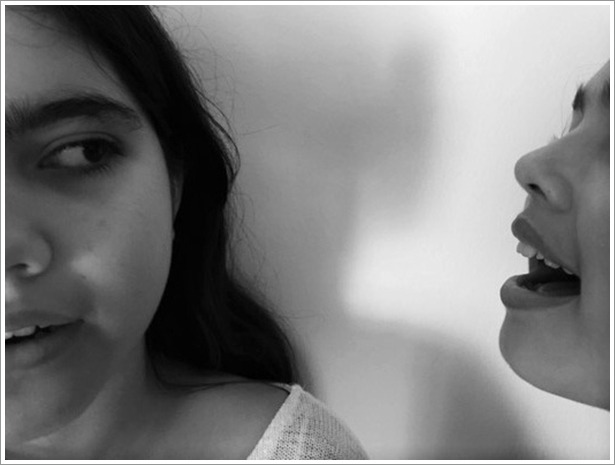A few years ago we evaluated a large behavior change communication (BCC) campaign. A control group was used to isolate the impact of the campaign. Interestingly, improvement in some of the key indicators could be found in the control group as well. As it turned out, most of the change occurred due to word-of-mouth communication.
In today’s world of social media, word-of-mouth communication can spread like wildfire. When things go ‘viral’, information can spread quickly. Yet, it is not just social media that is responsible for this form of communication. Word-of-mouth communication also happens on the street, especially in rural communities where people often know each other and look out for one another. It is often difficult to keep secrets in communities like this, and even small events find their way to everyone’s ear within a relatively short period of time. So when a major campaign takes place it should not come as a surprise if information spreads beyond the immediate target audience group.
But how often is the phenomenon of word-of-mouth communication actually measured? Probably not as often as it should be, a lesson we learned a few years ago. The following are some simple guidelines to consider when measuring word-of-mouth communication.
When is word-of-mouth communication relevant? When conducting awareness raising activities, reaching a broader audience will be beneficial. Knowledge can be a simple way to empower people. The more people we can reach the better. Consider this, a study with migrants from Myanmar in Thailand found that over 90% of them were using the same mobile phone provider, enabling them to send SMS messages to each other for free. Word-of-mouth communication also becomes important in situations where influencers can play a key role. For example, health care workers can be influential with patients and children can influence their parents.
What about influence from other campaigns? It is necessary to consider the fact that similar campaigns and interventions may play a contributing role. Taking account of this is often straightforward and can be done by asking people what other initiatives they have been exposed to within a certain time frame. Using some form of stimuli such as descriptions, or better yet, visual aids, is helpful. This will provide information on ‘effective reach’ and the proportion of people exposed to the different interventions. As a result, the impact of word-of-mouth communication can then be isolated based on what people have seen.
Depending on the evaluation design, there may or may not be a control sample. The extent to which the control sample will be isolated from the intervention will, of course, vary. However, regardless of the design, word-of-mouth communication measurements can often be incorporated. Measurements can be conducted in two ways. First, those exposed to the intervention can be asked if they spoke to others about any particular issues. Second, those not exposed directly can be asked if they heard about the intervention through word-of-mouth communication. To gain full context, consider the role of social media as well.
Depending on the campaign, word-of-mouth communication can be quite extensive. If not measured it becomes a lost opportunity to show the extent to which your intervention reaches beyond those directly exposed.
See also related topic, Beware When Measuring Campaign Awareness
Connect With Rapid Asia l Facebook l LinkedIn l Twitter l
About the Author: Daniel Lindgren is the Founder of Rapid Asia Co., Ltd., a management consultancy firm based in Bangkok that specializes in evaluations for programs, projects, social marketing campaigns and other social development initiatives. Learn more about our work on: www.rapid-asia.com.

